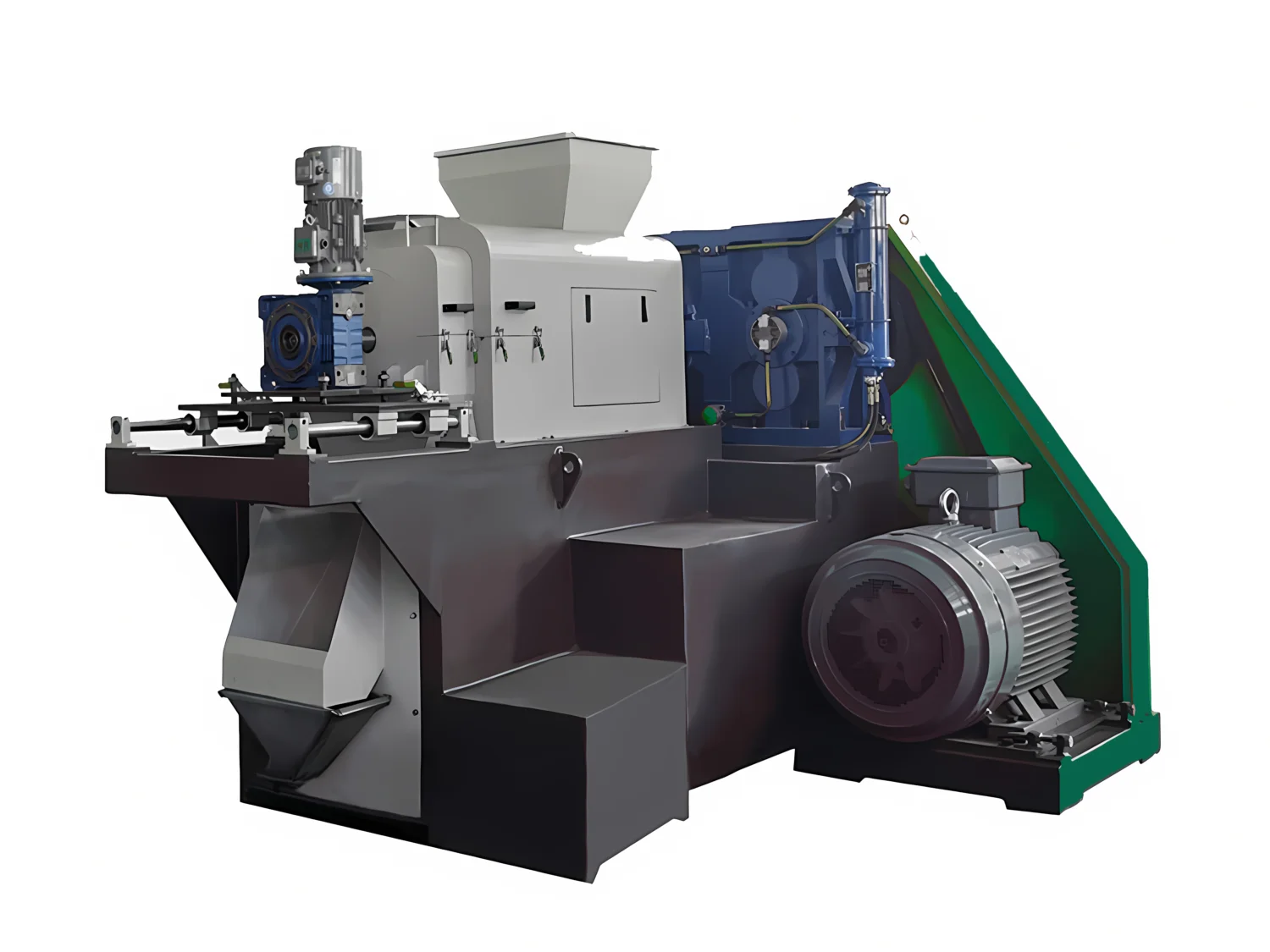Recycling plastic film plays a crucial role in reducing plastic waste and promoting a more sustainable future. However, traditional recycling processes can be time-consuming and labor-intensive. This is where the innovative plastic film screw press system comes in.
This article explores how plastic film screw press systems streamline recycling operations, maximizing efficiency and profitability for waste management facilities.
By incorporating a plastic film screw press system into their recycling operations, facilities can significantly reduce processing time, decrease energy consumption, and generate higher quality recycled plastic materials.
How Plastic Film Screw Press Systems Work
A plastic film screw press system is a mechanical marvel designed to remove excess moisture from washed plastic film. Here’s a breakdown of its core components:
- Feeding Hopper: Washed plastic film is loaded into the hopper.
- Conveying Screw: The screw efficiently transports the film into the dewatering chamber.
- Dewatering Chamber: The chamber progressively narrows as the screw rotates, exerting immense pressure on the film.
- Filtration System: Separated moisture is expelled through a filtration system.
- Densified Material Outlet: The dehydrated and compacted plastic film exits the system.
The Efficiency Edge of Plastic Film Screw Press Systems
Plastic film screw press systems offer several advantages that revolutionize plastic film recycling:
- Reduced Processing Time: Compared to traditional methods like centrifugation, screw press systems dewater film significantly faster, allowing for higher processing volumes.
- Decreased Energy Consumption: The efficient screw mechanism requires less energy than conventional drying methods, lowering operational costs and environmental impact.
- Improved Material Quality: The system removes a substantial amount of moisture, resulting in drier, higher-quality flakes or pellets that are more desirable for plastic remanufacturing.
- Reduced Labor Costs: The automated design minimizes manual intervention, streamlining the process and lowering labor requirements.
- Increased Profitability: Faster processing, lower energy consumption, and higher-quality output contribute to a significant boost in overall recycling profitability.
Beyond Efficiency: Additional Benefits
The benefits of plastic film screw press systems extend beyond pure efficiency:
- Versatility: These systems can handle a wide range of plastic film types, offering great adaptability for recycling facilities.
- Durability: The robust construction ensures smooth operation and minimizes maintenance downtime.
- Environmentally Friendly: By promoting efficient plastic recycling, these systems contribute to a more sustainable waste management approach.
Conclusion: A Streamlined Future for Plastic Film Recycling
Plastic film screw press systems represent a significant leap forward in plastic film recycling technology. Their ability to streamline operations, reduce costs, and generate high-quality recycled materials makes them a compelling solution for waste management facilities. As the demand for sustainable practices grows, plastic film screw press systems are poised to play a vital role in creating a more circular economy for plastic film.
FAQ
Q: What materials can the plastic film screw press system process? A: The system is versatile enough to handle a wide range of plastic film types, making it suitable for diverse recycling operations.
Q: How does the plastic film screw press system contribute to environmental sustainability? A: By enhancing the efficiency and quality of recycled plastic materials, it reduces the need for new plastic production and contributes to a more sustainable and circular economy.
Q: Can the plastic film screw press system reduce operational costs? A: Yes, by decreasing energy consumption, reducing processing time, and minimizing labor costs, it significantly lowers overall operational expenses for recycling facilities.
Q: The Role of Technology Providers
Companies like Rumtoo Machinery, Bellmer GmbH, and Wiscon Envirotech are at the forefront of this technological advancement, offering innovative solutions tailored to the needs of the recycling industry. Their contributions underline the importance of continuous innovation in addressing the challenges of plastic waste management.
INQUIRIES
To get the latest prices and lead times, send us a message using the form below.
[contact-form-7 id=”c9499fe” title=”Contact form 2″]



